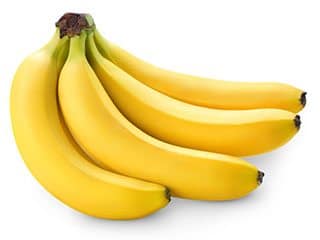

The image features the alchemical symbol for potash, from which the element was first isolated.
| Density | 0.89 |
| Melting Point | 63.5°C |
| Boiling Point | 759°C |
The greatest demand for potassium compounds is in fertilisers. Many other potassium salts are of great importance, including the nitrate, carbonate, chloride, bromide, cyanide and sulfate. Potassium carbonate is used in the manufacture of glass. Potassium hydroxide is used to make detergent and liquid soap. Potassium chloride is used in pharmaceuticals and saline drips.
Potassium salts in the form of saltpetre (potassium nitrate, KNO3), alum (potassium aluminium sulfate, KAl(SO4)2), and potash (potassium carbonate, K2CO3) have been known for centuries. They were used in gunpowder, dyeing, and soap making. They were scraped from the walls of latrines, manufactured from clay and sulfuric acid, and collected as wood ash respectively. Reducing them to the element defeated the early chemists and potassium was classed as an ‘earth’ by Antoine Lavoisier. Then in 1807, Humphry Davy exposed moist potash to an electric current and observed the formation of metallic globules of a new metal, potassium. He noted that when they were dropped into water they skimmed around on the surface, burning with a lavender-coloured flame.